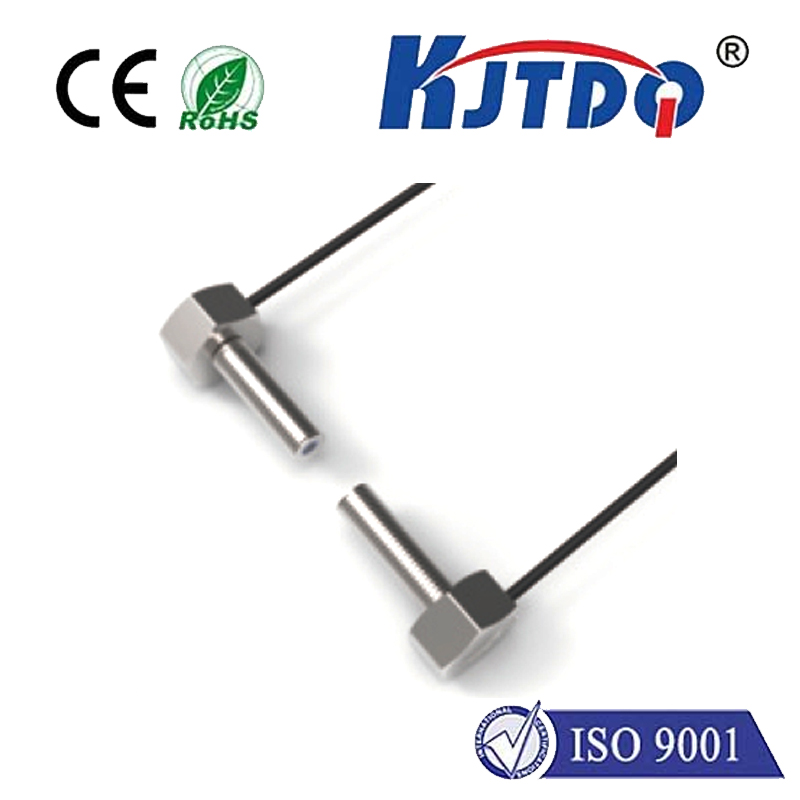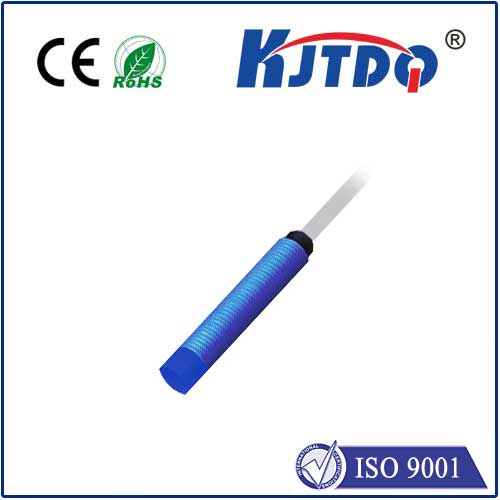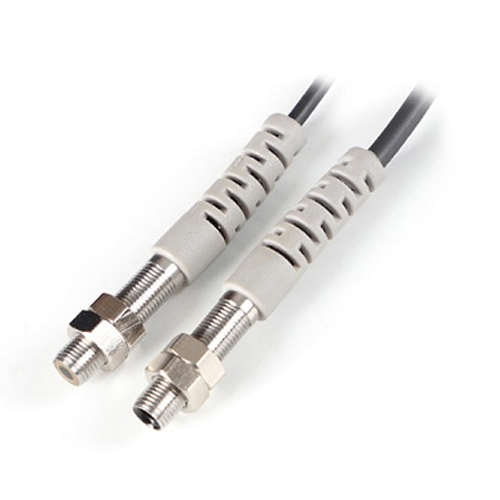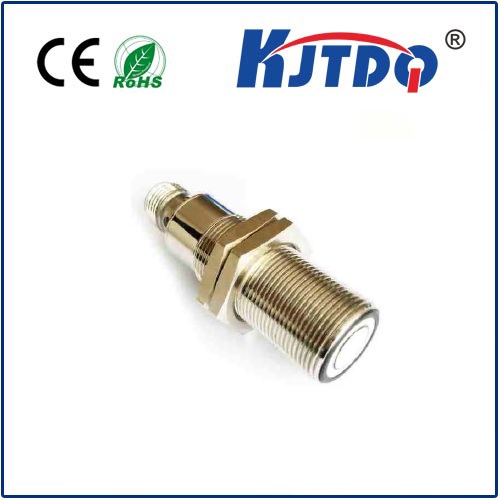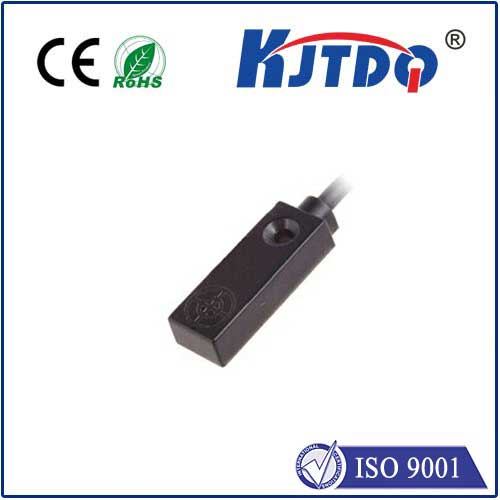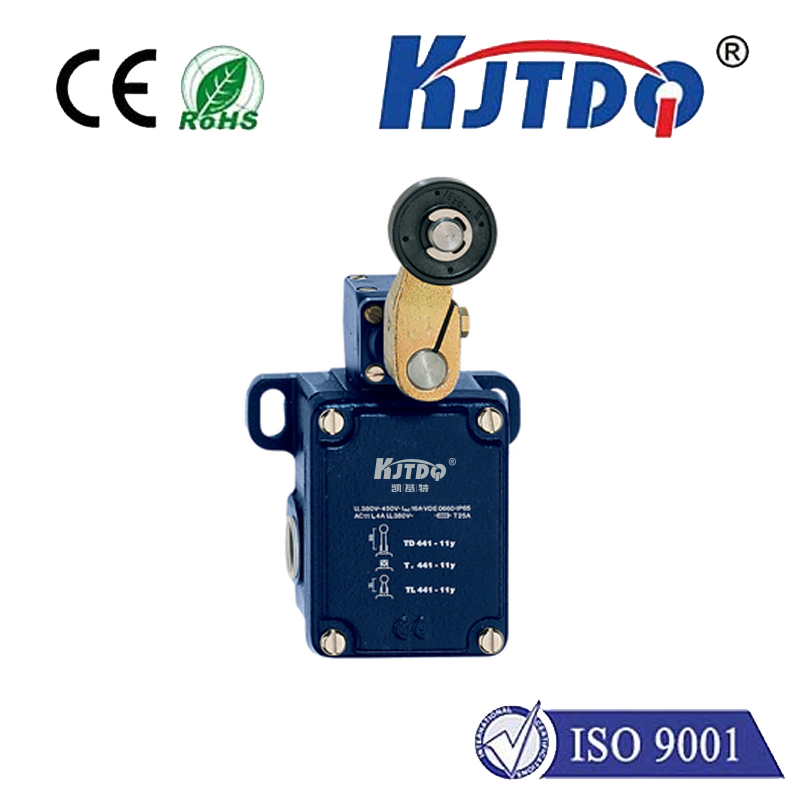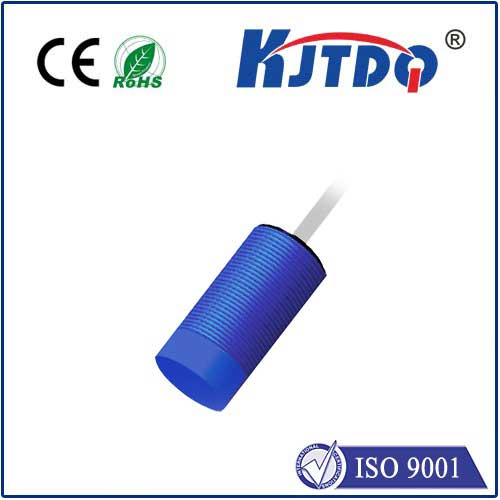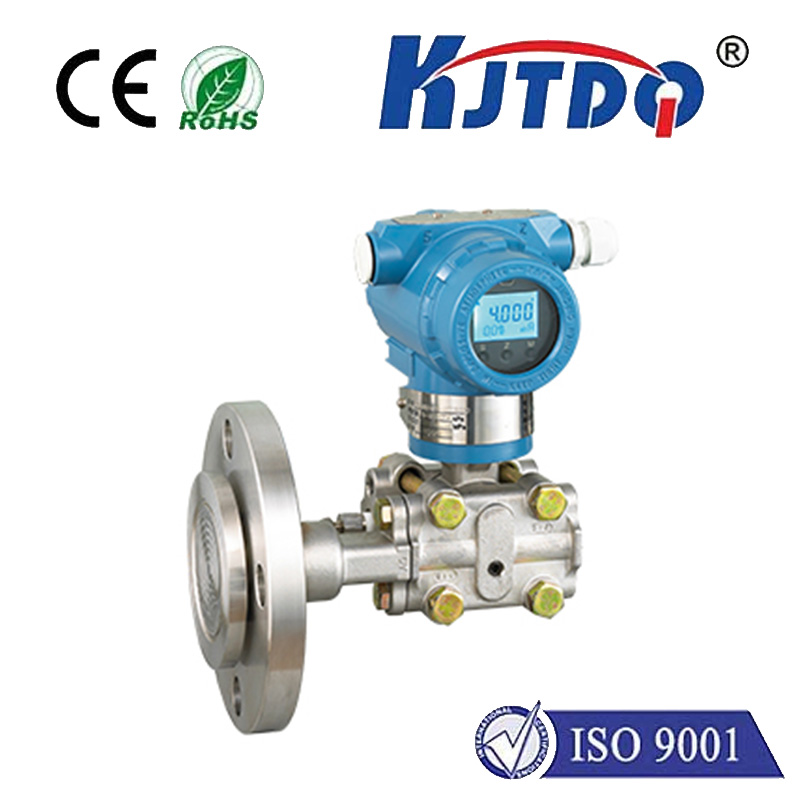BES013H high pressure proximity sensor
- time:2025-10-01 00:00:04
- Нажмите:0
BES013H High Pressure Proximity Sensor: Uncompromising Detection in Demanding Environments
Operating machinery in harsh industrial landscapes often feels like a constant battle against the elements. Dust clouds choke delicate components, powerful jets of water threaten ingress, and crushing pressures can render standard sensors useless faster than you can say “downtime.” When reliable non-contact detection is mission-critical in these punishing conditions, particularly under high ambient pressure, standard proximity sensors fall short. This is where specialized components like the BES013H High Pressure Proximity Sensor become not just useful, but essential assets for robust automation.
Unlike sensors designed merely for dry, clean factory floors, the BES013H is engineered from the ground up to conquer environments where pressure isn’t just a factor; it’s the dominant challenge. Imagine hydraulic power units, deep-sea equipment, high-pressure cleaning systems, or industrial presses – locations where ambient pressures can easily exceed 10 bar (approximately 145 psi). In these scenarios, conventional sensors risk seal failure, housing deformation, or compromised performance. The BES013H addresses this head-on.
The Core Principle: Inductive Sensing Meets Pressure Resistance
At its heart, the BES013H functions as an индукционный датчик приближения. It generates an alternating electromagnetic field from its active face. When a metallic target enters this sensing field, eddy currents are induced in the target material. The sensor detects the resultant damping of its internal oscillation amplitude, triggering a solid-state switch output (typically PNP or NPN). What sets it apart is its remarkable pressure tolerance. Engineered to withstand significant external pressures, it ensures consistent and reliable operation where standard sensors would falter or fail entirely.
Engineering Resilience: What Makes the BES013H Stand Out?

The “High Pressure” designation isn’t marketing fluff; it’s a core design specification. Key features enabling this resilience include:
- Robust Hermetic Sealing: The sensor employs advanced sealing technologies, often exceeding standard IP67 ratings, to achieve IP68 or IP69K equivalent pressure resistance. This prevents media (oil, water, grease) ingress, even under sustained high external pressure, protecting sensitive internal electronics.
- Reinforced Housing: Constructed typically from high-grade stainless steel (like V4A/316L), the housing is designed to resist deformation under pressure. This maintains structural integrity and ensures the sensing field remains stable and predictable.
- Pressure-Compensated Design: Internal engineering often incorporates features that help balance the pressure differentials across seals or within sensitive internal chambers, significantly reducing stress points and enhancing longevity.
- Corrosion Resistance: The choice of materials isn’t just about strength; it’s about enduring aggressive media often found in high-pressure environments. Stainless steel construction provides excellent corrosion resistance against oils, coolants, and water.
Key Specifications Tailored for Tough Jobs
Understanding its capabilities requires looking at typical specifications (always verify the exact datasheet for your model variant):
- Sensing Range: Specific range defined for the target material (e.g., Fe360 steel), often categorized (e.g., 2mm, 4mm, 8mm).
- Pressure Rating: Explicitly rated for operation under high ambient pressure, commonly up to 350 bar (over 5000 psi) or higher, depending on the specific model variant and seal design.
- Electrical Specifications: Standard operating voltage (e.g., 10-30V DC), output type (e.g., PNP NO/NC), switching current capacity.
- Temperature Range: Wide operating temperature tolerance suitable for demanding applications.
- Housing Material: Durable stainless steel (V4A/316L).
- Connection: Typically M12 plug connector or cable outlet, offering secure and protected wiring.
- Protection Class: High sealing rating (e.g., IP68) for pressure and media resistance.
Where the BES013H High Pressure Proximity Sensor Proves Essential
This sensor isn’t for every application, but where high ambient pressure is a factor, its value is immense:
- Hydraulic & Pneumatic Systems: Monitoring piston position inside cylinders, detecting valve spool position, confirming end positions on heavy-duty actuators – all under intense system pressures. Reliability here prevents catastrophic cylinder rod blow-out.
- Industrial Presses & Molding Machines: Verifying mold closure, detecting tooling positions, and ensuring safety interlocks where presses generate enormous clamping force and ambient pressure.
- Marine & Offshore Applications: Position feedback on winches, valve controls, and subsea equipment where depth equals significant water pressure. The sensor’s resilience against saltwater pressure is vital.
- High-Pressure Cleaning & Waterjet Cutting: Monitoring component positions within high-pressure pump systems or cutting heads, where internal pressures can be extreme.
- Test Benches & Pressure Vessels: Providing position feedback on actuators or components within pressurized test chambers.
- Energy Generation (Hydropower, Oil & Gas): Monitoring components in turbines, valves, or drilling equipment operating under high pressure.
The Tangible Benefits of Choosing a High-Pressure Solution
Opting for a specialized sensor like the BES013H delivers significant advantages over trying to force a standard sensor into a demanding pressure scenario:
- Enhanced Reliability & Uptime: Minimizes sensor failures caused by pressure-induced seal leaks or housing damage, directly boosting production line availability.
- Reduced Maintenance Costs: Durable construction and pressure resistance lead to longer service intervals and fewer replacements.
- Повышение безопасности: Reliable position detection in high-pressure systems is often critical for safe operation, preventing unintended machine movements or hazardous releases.
- Process Stability: Consistent and accurate detection, even under fluctuating pressures, ensures process repeatability and quality control.
- Long-Term Value: While the initial investment might be higher than a standard sensor, the extended lifespan and dramatically reduced downtime costs offer superior total cost of ownership.
Integrating Robust Detection into Your System
Implementing the BES013H follows standard proximity sensor practices, with crucial extra attention to mechanical mounting. Ensuring the sensor body isn’t subjected to undue mechanical stress beyond its pressure rating is paramount. Correct mounting depth and target material/size alignment remain essential for optimal sensing performance. Always prioritize the manufacturer’s installation guidelines for pressure-rated sensors.
In an industrial world pushing performance boundaries, environmental factors like high ambient pressure cannot be afterthoughts. They demand purpose-built solutions. The BES013H High Pressure Proximity Sensor exemplifies this philosophy. By combining the fundamental reliability of inductive sensing with robust engineering specifically for pressure resilience, it delivers the uncompromising detection needed to keep critical machinery running safely and efficiently, even when the pressure is on.

